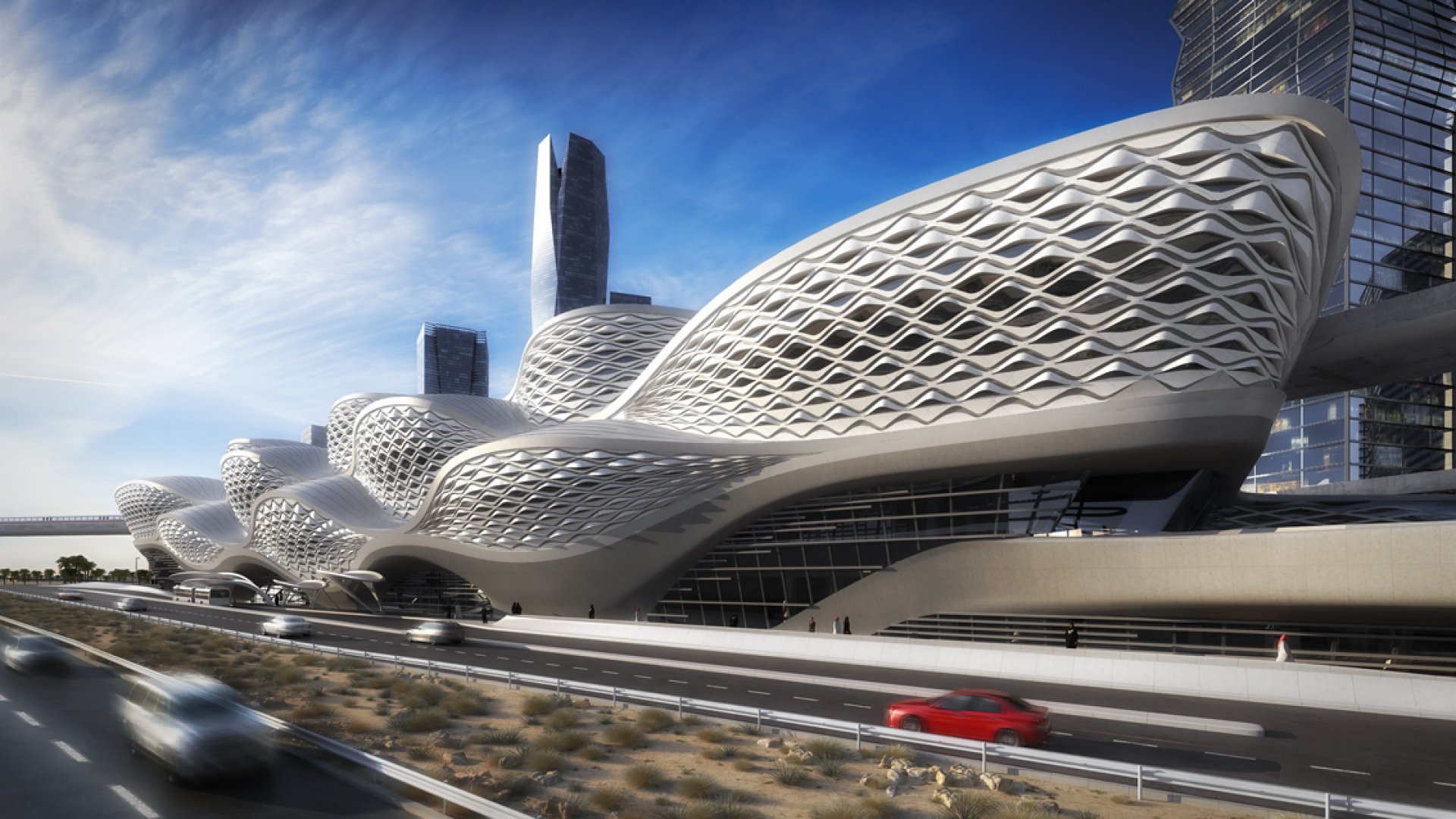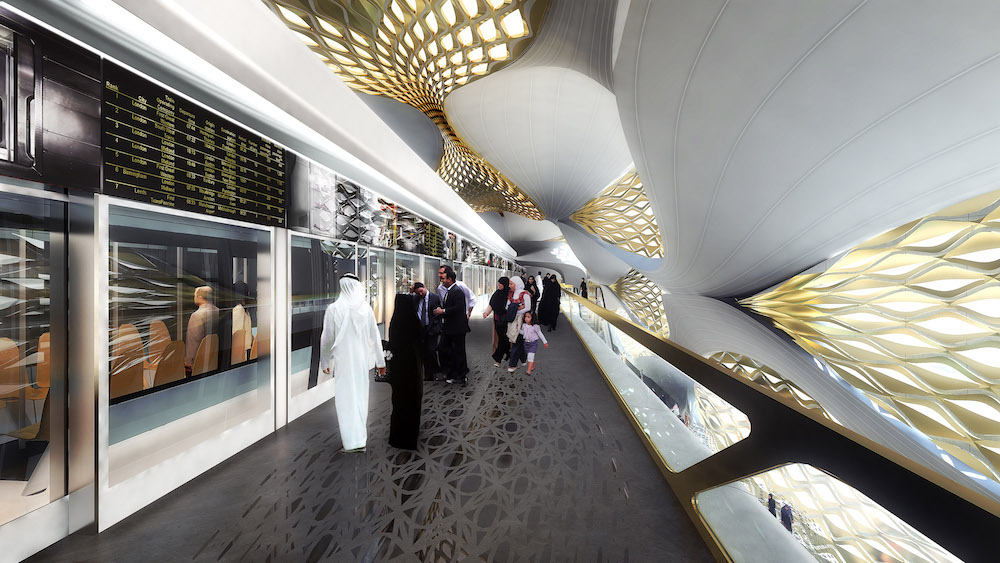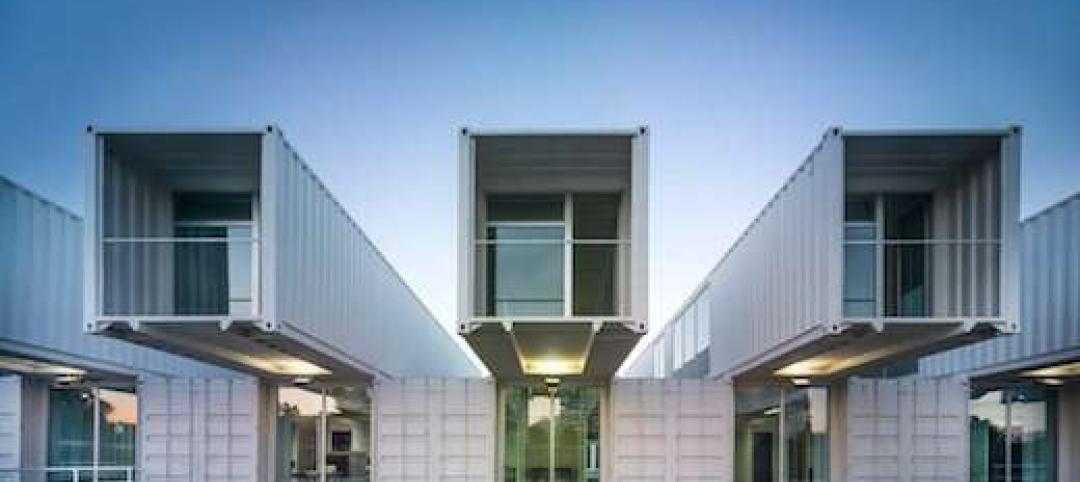For several American cities, the infrastructure for their public transit systems have been in place for more than a century. It’s almost like Chicago, New York City, and Boston laid down train tracks the day after they were founded.
Riyadh, the capital of Saudi Arabia and the home to 6 million people, is building its first light rail system from scratch.
Tech Insider reports that the city is building six metro lines that connect 85 stations over nearly 110 miles of track. Also, a new bus system will be implemented.
For $10 billion, the Saudi government hired the U.S. construction and civil engineering firm Bechtel to lead the project. Bechtel assembled a group of contractor firms, and they are using 1,000-ton boring machines to hollow out train tunnels underneath the city for nearly 40 miles of track for 39 stations.
A few major architects have even designed train stations. Zaha Hadid Architects, for instance, designed the King Abdullah Financial District Metro Station, which will connect Lines 1, 4, and 6. The building will have a wavy lattice exterior and will contain four public levels and two underground levels of parking.
The trains themselves will be nicer than any American rapid transit vehicle. The trains will be automatic, driverless, fully air conditioned, and Wi-Fi accessible. They can run up to 90 mph. Around 20% of the system’s power will come from solar energy.
The new transit system is expected to be ready by the end of 2018. Public transit will come just in time for the growing city, as estimates say that Riyadh’s population could reach 9 million by 2035.
 Exterior of the King Abdullah Financial District Metro Station. Rendering courtesy Zaha Hadid Architects. Click to enlarge.
Exterior of the King Abdullah Financial District Metro Station. Rendering courtesy Zaha Hadid Architects. Click to enlarge.
Related Stories
| Jun 18, 2014
Arup uses 3D printing to fabricate one-of-a-kind structural steel components
The firm's research shows that 3D printing has the potential to reduce costs, cut waste, and slash the carbon footprint of the construction sector.
| Jun 12, 2014
Austrian university develops 'inflatable' concrete dome method
Constructing a concrete dome is a costly process, but this may change soon. A team from the Vienna University of Technology has developed a method that allows concrete domes to form with the use of air and steel cables instead of expensive, timber supporting structures.
| Jun 6, 2014
Shipping container ship terminal completed in Spain
In Seville, Spain, architectural firms Hombre de Piedra and Buró4 have designed and completed a cruise ship terminal out of used shipping containers.
| Jun 2, 2014
Parking structures group launches LEED-type program for parking garages
The Green Parking Council, an affiliate of the International Parking Institute, has launched the Green Garage Certification program, the parking industry equivalent of LEED certification.
| Jun 2, 2014
SOM unveils plans for Miami transit hub
The elevated station will be a key portal within All Aboard Florida’s rail system, the nation's only privately owned, operated, and financed rail network.
| May 29, 2014
7 cost-effective ways to make U.S. infrastructure more resilient
Moving critical elements to higher ground and designing for longer lifespans are just some of the ways cities and governments can make infrastructure more resilient to natural disasters and climate change, writes Richard Cavallaro, President of Skanska USA Civil.
| May 20, 2014
Kinetic Architecture: New book explores innovations in active façades
The book, co-authored by Arup's Russell Fortmeyer, illustrates the various ways architects, consultants, and engineers approach energy and comfort by manipulating air, water, and light through the layers of passive and active building envelope systems.
| May 19, 2014
What can architects learn from nature’s 3.8 billion years of experience?
In a new report, HOK and Biomimicry 3.8 partnered to study how lessons from the temperate broadleaf forest biome, which houses many of the world’s largest population centers, can inform the design of the built environment.
| May 13, 2014
19 industry groups team to promote resilient planning and building materials
The industry associations, with more than 700,000 members generating almost $1 trillion in GDP, have issued a joint statement on resilience, pushing design and building solutions for disaster mitigation.
| May 11, 2014
Final call for entries: 2014 Giants 300 survey
BD+C's 2014 Giants 300 survey forms are due Wednesday, May 21. Survey results will be published in our July 2014 issue. The annual Giants 300 Report ranks the top AEC firms in commercial construction, by revenue.

















